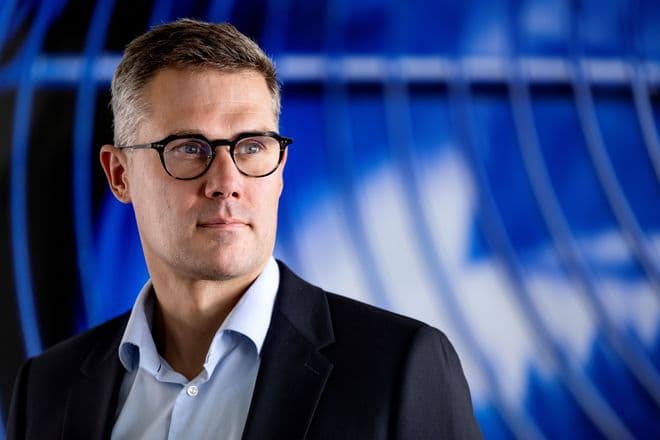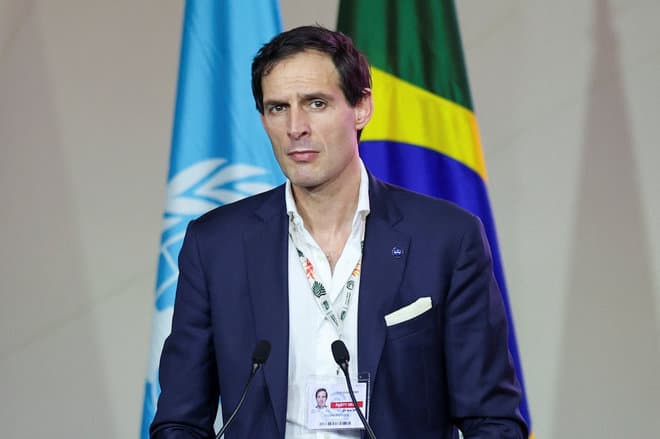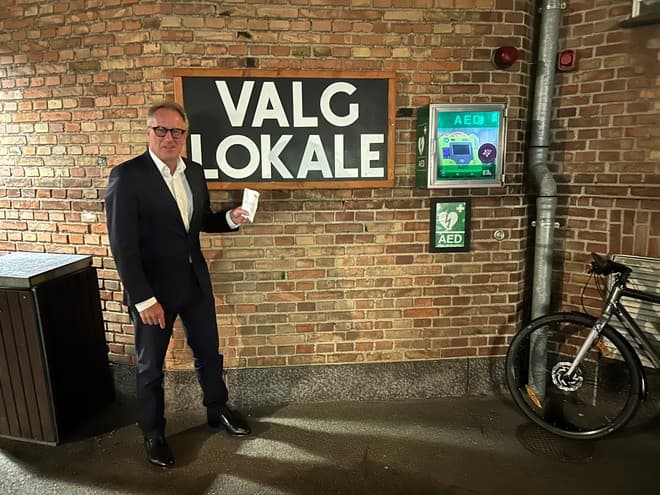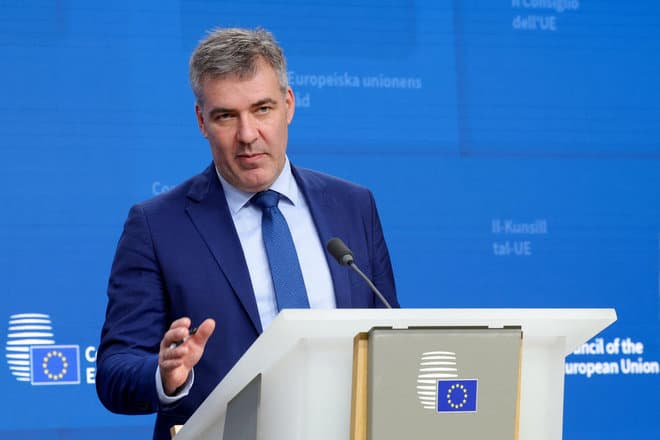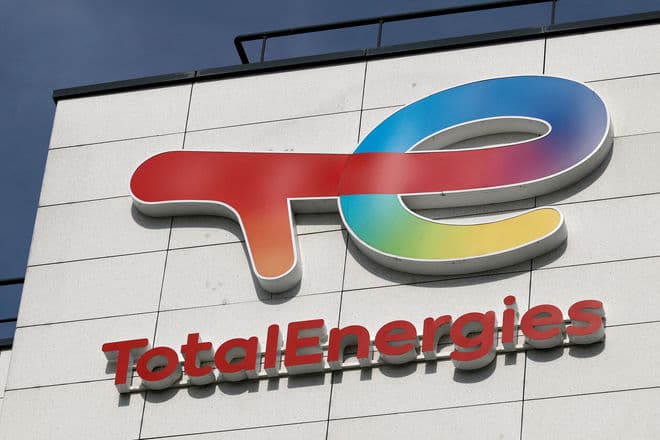
There are lots of positive tones surrounding the agreement that the conciliation group behind the agreement on increased utilization of surplus heat from 2018 reached on Friday. Here, they agree to remove a price cap on the utilization of surplus heat.
Danish District Heating, which is an interest organization for the country's approximately 350 district heating companies, joins the positive tones. The organization believes that the price cap has prevented good, green surplus heat projects in, among other things, industry and data centers from being realized.
- Finally! Finally, we can deliver even more green and cheap heat to Danish district heating consumers. Reason has prevailed, and we can fulfill the great potential that lies in utilizing surplus heat throughout the country. It is a great victory for green Denmark, says Kim Mortensen, CEO of Danish District Heating, in a press release.
The potential in utilizing surplus heat is very large. A quarter of all district heating production could be produced from surplus heat. This corresponds to the consumption of approximately 500,000 homes out of the country's almost two million households that receive district heating. But today, only heat corresponding to the consumption of approximately 65,000 Danish homeowners comes from surplus heat.
- There are good projects in the drawer around the country, waiting for this day when it will once again be possible to utilize energy efficiently. In many places, this will phase out fossil energy such as natural gas. In other places, it will reduce the use of biomass. But regardless, it will give the energy companies more cards to play with and thus strengthen our security of supply, says Kim Mortensen.
More are ready to get started
Precisely because the entire energy sector and industry have been waiting for this news for years, there are a number of ready-to-go surplus heat projects that just need to be dusted off before they can be made a reality.
- Together with a large number of players, we have been fighting for several years now to articulate what a barrier the price cap on surplus heat has been to making district heating both greener and cheaper. Now district heating companies have access to a cheap and in some places free, green resource. There is therefore great reason to praise both the politicians and the players and organizations that have worked to have the price cap abolished, says Kim Mortensen.
The press release from Dansk Fjernvarme highlights, among other things, that Fjernvarm Fyn and Grenaa Varmeværk are some of the heating plants that are ready to get started.
In Grenaa, Grenaa Varmeværk and De Danske Gærfabrikker, which are located just a hundred meters apart, have an agreement in place to utilize the factory's surplus heat in the district heating network, but due to the price cap, the agreement could not be realized and was instead shelved. Now the companies are ready to resume the project.
- This is news we have been waiting for. We are very happy that the price cap has been removed, because it means that we and the yeast factory can start working together to establish the surplus heat plant, says Søren Gertsen, director of Grenaa Varmeværk.
amp
Text, graphics, images, sound, and other content on this website are protected under copyright law. DK Medier reserves all rights to the content, including the right to exploit the content for the purpose of text and data mining, cf. Section 11b of the Copyright Act and Article 4 of the DSM Directive.
Customers with IP agreements/major customer agreements may only share Danish Offshore Industry articles internally for the purpose of handling specific cases. Sharing in connection with specific cases refers to journaling, archiving, or similar uses.
Customers with a personal subscription/login may not share Danish Offshore Industry articles with individuals who do not themselves have a personal subscription to Danish Offshore Industry.
Any deviation from the above requires written consent from DK Medier.


